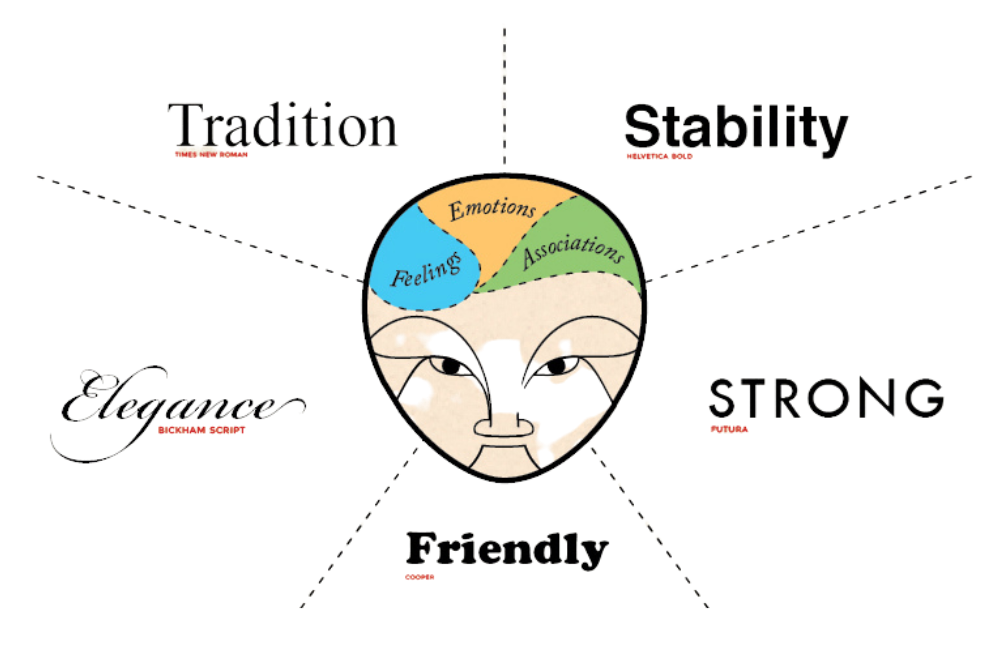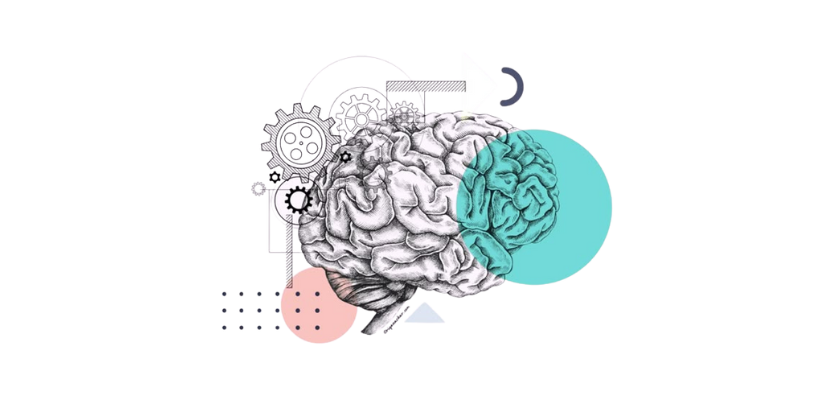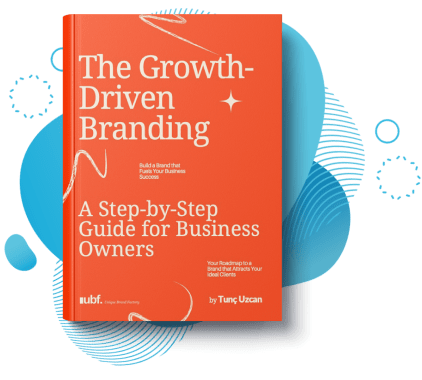Is there a science behind a logo design?
Can a logo influence buying decisions?
How can it shape perception and influence success?
Your logo is often the first and fastest way your audience processes your brand.
Before they read a single word, within 400 milliseconds, their brain has already formed an impression.
It’s cognitive science at work.
Logos shape brand perception, influence trust, and impact buying decisions.
When done strategically, a logo becomes a direct path to recognition and credibility.
Why?
Because the human brain processes visuals 60,000 times faster than text.
60,000 times faster! This means a massive advantage.
The brain is wired for speed, and a well-designed logo leverages this advantage to create instant recognition.
A logo designed with a strategic purpose is a psychological trigger that creates brand recall and influences decision-making before logic kicks in.
There are certain aspects of logo design directly influence perception and brand recognition:
Colors Trigger Emotions
- Blue: Trust, professionalism, security (e.g., financial institutions, tech companies)
- Red: Excitement, passion, energy (e.g., food brands, entertainment)
- Yellow: Optimism, warmth, happiness (e.g., retail, fast food)
- Green: Prosperity, nature, health (e.g., wellness brands, sustainability-focused companies)

Shapes Influence Perception
- Circular logos (e.g., Starbucks, Audi) signal unity, warmth, and inclusiveness.
- Angular designs (e.g., Nike, Adidas) convey strength, stability, and forward momentum.
- Minimalist, geometric forms (e.g., Apple, Mastercard) enhance clarity and memorability.
Typography Plays a Crucial Role in Defining Brand Identity
- Serif fonts (e.g., Times New Roman) evoke tradition and trust.
- Sans-serif fonts (e.g., Helvetica) feel modern and approachable.
- Script fonts (e.g., Coca-Cola) create a sense of elegance and authenticity.

What else?
Simplicity Leads to Stronger Recognition
Research proves that complex logos are harder to remember.
The most successful logos like Apple, Nike, and McDonald’s, are simple yet distinctive.
Why?
Because the brain prefers designs that are easy to process and recall.
Among all design elements, the most critical one is strategic alignment.
It must be strategically designed to align with business objectives and positioning.
A well-designed logo with a strategic foundation does more than represent your presence visually, it positions your brand in the minds of your audience.
If you want your logo to become a powerful business asset that drives recognition, trust, and loyalty, ensure it’s properly aligned with your brand purpose, messaging, and identity.
So, creating a logo requires careful consideration to ensure it aligns with your brand’s strategy and long-term vision.
Yes, there is a science behind logo design, and it works as a cognitive shortcut for your business.
If you want your logo to act as a cognitive shortcut to grow your business, let’s talk!
Found this helpful?
👉 Subscribe to the free weekly Growth-Driven Branding Insights Newsletter.
No fluff, no buzzwords—just actionable branding insights that drive real growth.
Guaranteed to make you think: “That’s exactly what I need!”

